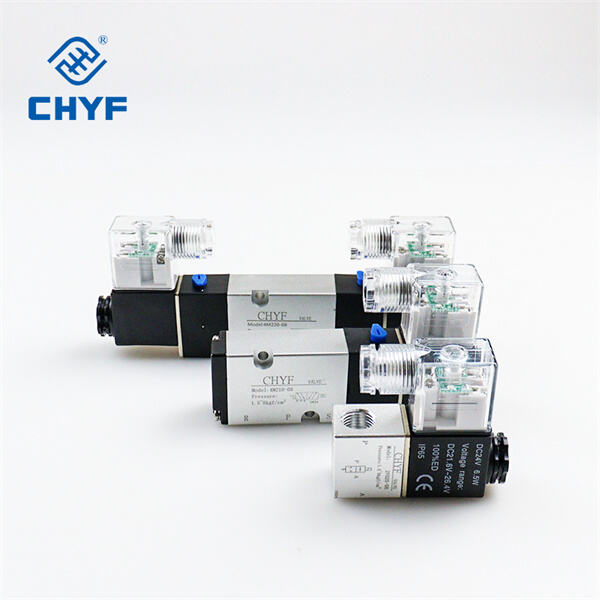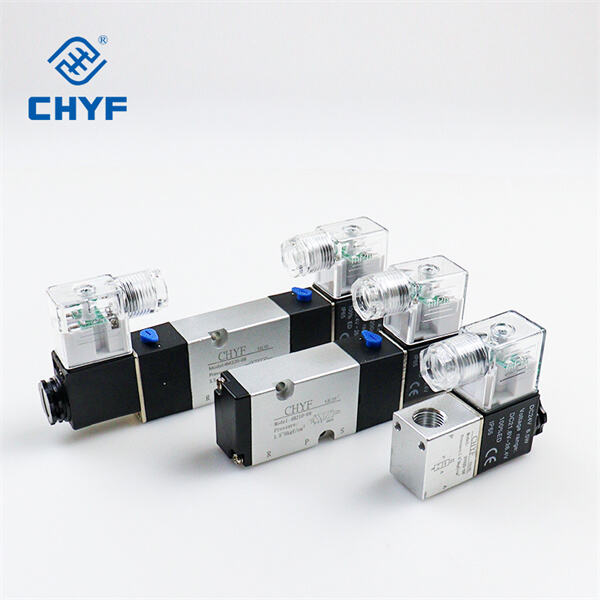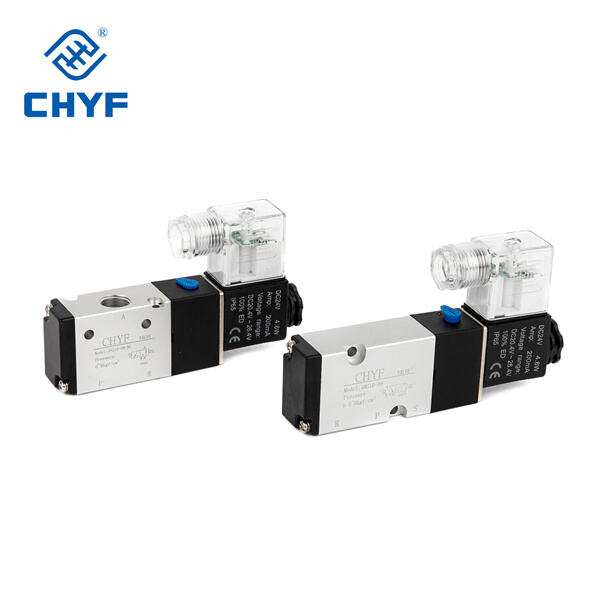Tel: +86-577 61727673
Email: [email protected]
Tel: +86-577 61727673
Email: [email protected]
One Way Acting Solenoid Valve A one way acting solenoid valve is a solenoid that directs the flow of liquid or gas into, through, and out of a system and a solenoid that control how fluids move through a system. It's referred to as "single acting" because it has only one essential part that operates, the solenoid. The solenoid is a device that converts electrical energy into mechanical energy in order to open or close the valve.
Single acting Solenoid valves function by employing magnetic force from the solenoid to actuate a piece in the valve called a plunger. Such a solenoid is activated by electrical current and generates a magnetic field that moves the plunger, opening a passage for fluids to pass. With the solenoid inactivated, the plunger returns to the original position, shutting off fluid flow.
These valves are typically constructed using materials such as stainless steel, brass, or plastic which are capable of the containing various types of fluids. They are available in many different sizes and shapes to accommodate a variety of flow rates and pressure requirements.
These valves regulate the flow of water in irrigation systems, support the release of air in pneumatic systems, and direct fluids in hydraulic systems. They are crucial components of so many machines and tools to help them run smoothly.

Single acting solenoid valves are very significant in a variety of industries as they help in the regulation of the flow of substances. In factories, these valves control the flow of chemicals during production to keep machines running smoothly.

In the automotive sector, they are applied in fuel systems to govern the way fuel is delivered to the engine. This helps to optimize fuel economy and minimize pollution by making sure the correct amount of fuel goes into the engine.

Even though single acting solenoid valves are excellent and task worthy, sometimes they have problems. Leakage, solenoid fail and valve blockage is common. To rectify these problems, valves must be regularly inspected and maintained, broken parts replaced, and properly installed and used.